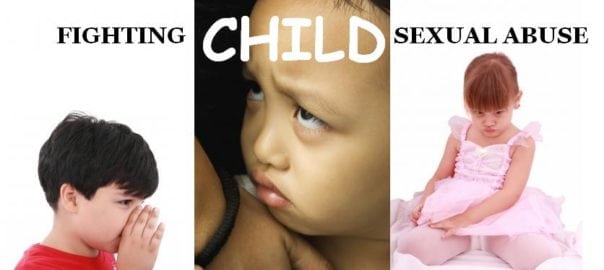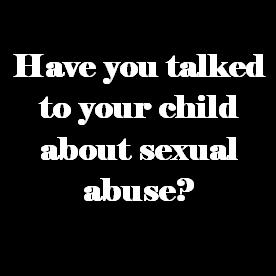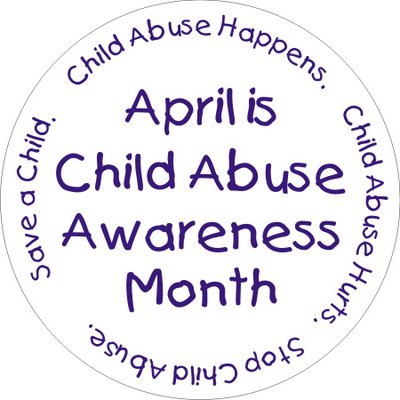Child. Sexual. Abuse. Those words shouldn’t go together, even on a computer screen. According to the U.S. Department of Health and Human Services, 695,000 children in the U.S. were abused at least once in 2010. There are subtleties in the detection of various forms of abuse. This post offers tips to help you develop a sense that something may be amiss.
This is the third entry in a Straight, No Chaser series on sexual assault (aka sexual violence, rape).
- Check this Straight, No Chaser, which addresses the definition and scope of sexual assault, including actions to take if you’re a victim of sexual assault or an attempted sexual assault.
- Check this Straight, No Chaser, which addressed how to lower your risk for sexual assault.
- Another post will discuss concrete physical and mental consequences of sexual assault.
The difficulty of diagnosing and prosecuting sexual abuse is more difficult in children than in adults. In many instances the child is unable to articulate or effectively demonstrate what has occurred, and in other instances the child is so mentally and emotionally traumatized that she or he is unable to express what has occurred. In still other instances, the child’s feelings toward a family member (in those cases in which sexual assault is perpetrated by a family member) belie a sense of betrayal, preventing the reporting of episodes.
As such, those charged with detecting and diagnosing sexual abuse in children are left to observe for subtle, often unconscious cues that a child may be a victim and may still be in danger. Look for some of these behaviors in those who might be involved and, please, report any suspicions. The life you save may be your own child’s.
In a child, emotional or behavioral actions may include the following:
- Attaches unusually quickly to strangers or adults
- Attempts suicide
- Becomes pregnant, particularly if under age 14
- Displays behavioral extremes, including passivity/aggression or compliant/demanding behavior
- Displays knowledge of sexual acts inconsistent with one’s age
- Has a sexually transmitted infection, particularly if younger than 14 years old
- Has a sudden appetite change
- Has delayed physical or emotional development
- Has difficulty walking or sitting
- Has episodes of nightmares or bedwetting
In adults or other caregiver, actions may include the following:
- Constant blaming, belittling and berating the child
- Controlling and jealous behavior
- Displaying secretive and isolated behavior
- Is abnormally protective of the child
- Limiting the child’s interaction with other children
Please commit the crisis hotline to memory: 800-4-A-CHILD.
Thanks for liking and following Straight, No Chaser! This public service provides a sample of 844-SMA-TALK and http://www.SterlingMedicalAdvice.com (SMA). Enjoy some of our favorite posts and frequently asked questions as well as a daily note explaining the benefits of SMA membership. Please share our page with your Friends on WordPress, on Facebook at SterlingMedicalAdvice.com and on Twitter at @asksterlingmd.
Copyright © 2014 · Sterling Initiatives, LLC · Powered by WordPress




